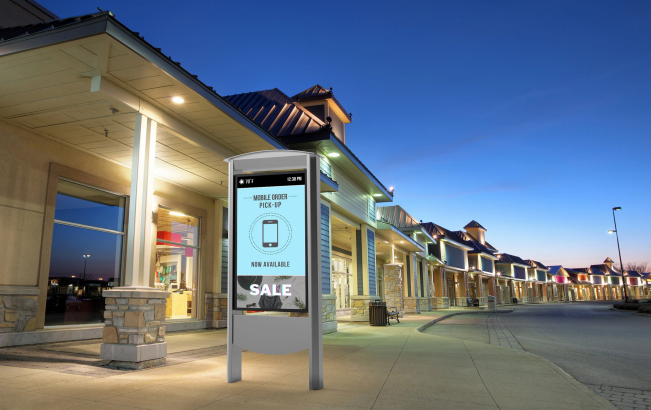Metrics that Matter: Optimizing Digital Signage to Increase Gains
There are a growing number of people who want to understand more about the actual, quantifiable impact of their digital signage.
Many may ask: How do I know if the digital signage is working? What’s my Return on Investment (ROI)? What is the impact?
The D=SIGN Conference at InfoComm 2021 explored how AI, computer vision, sensors, and content management systems can work together to create highly contextual content experiences. By utilizing sensors with digital signage, a world of analytics unfolds. A major benefit of implementing sensors with digital signage is that it gives an unbiased perspective. Since what people say is often different from their actions, it’s better to see what they do as opposed to what they simply say.
And an important aspect to keep in mind is that you can’t manage what you don’t measure.
When it comes to the Internet of Things (IoT) sensors to enable this mission, the most common question is "which one is best"? The answer is that it depends. The real metrics that matter come from the software that must gather information from an entire ecosystem of sources as well as the hardware.
Sensors play an important role in creating solutions using IoT. By receiving analytics from sensors, professionals can know what content to put onto their digital signage. Boosting sales can be achievable through analytics as analytics can steer you in the right direction.
“Try to focus on a key objective, what you need to measure,” says Jeffrey Weitzman, Managing Director of Navori. “What is the desired outcome you’re looking for or looking to access? That’s how you’re going to get the best results. Don’t get lost in the data collection.”
Camera sensors are beneficial to use as they can look at traffic, dwell time, views, engagement, frequency, unique users, mood, gender, and age. Mobile sensors can analyze traffic, dwell time, frequency, and unique users. Radars can look at traffic, dwell time, and engagement. And thermal cameras may investigate traffic and skin temperature.
These sensors are then installed on or near the products that one wishes to monitor. When a shopper interacts with a product, nearby digital signage screens can automatically show content related to that product and/or aspects of that person.
While hardware has progressed, so has artificial intelligence. With this evolved technology, data becomes more valuable, scalable, and cost-effective.
And finally, when deciding what metrics are right for you, consider:
- Resolution/Size
- Environment
- Content (Info/Art/Commercial)
- Budget
- Client Expectations
- Architectural
- Viewer Impact
- Durability
To learn more about Cloud-Based Digitalk Signage, check out this post on Xchange.






